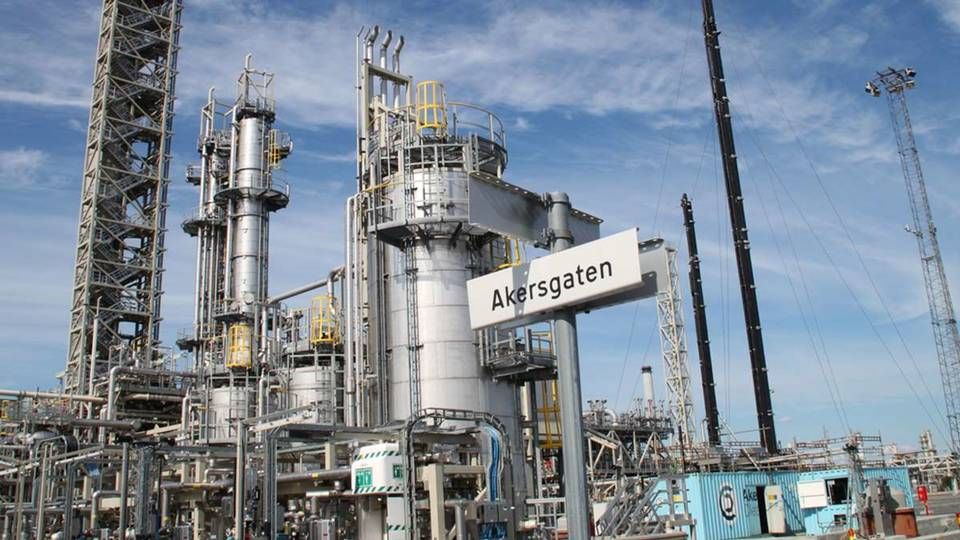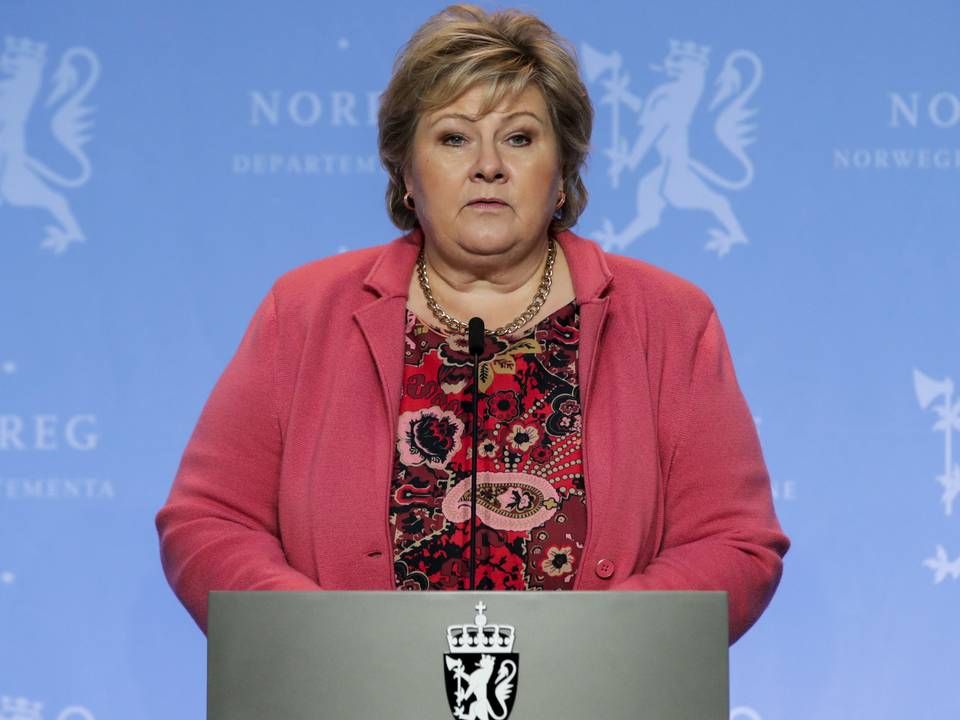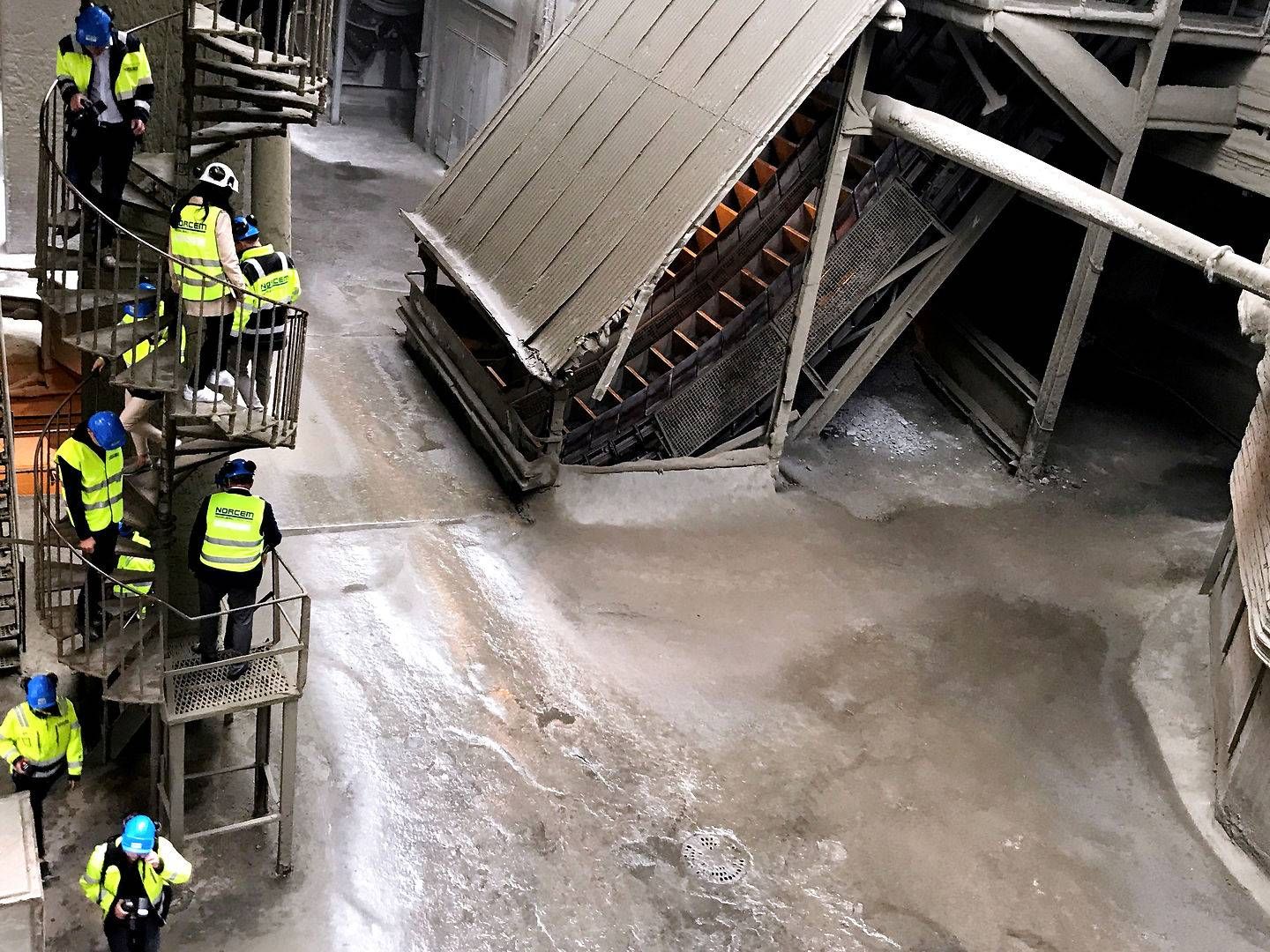Leading CCS player sees Denmark encroach upon Norway

Ever since Aker Carbon Capture was spun off from the rest of the Aker group, the former has closely examined the Northern European market for carbon capture and sequestration (CCS) – first and foremost the burgeoning segment in Norway, but also in Denmark, whose efforts lag somewhat behind its northern neighbor.
However, the southernmost of the Scandinavian countries has the potential to overtake Norwegian development, Aker Carbon Capture Chief Commercial Officer Jon Christopher Knudsen tells EnergyWatch in an interview.
Meanwhile, a broad majority in Danish parliament ratified a policy to earmark an additional DKK 200 million (EUR 26.9 million) for the nation's CCS horizon. This serves as a fine example of how quickly things are moving for the fledgling sector. This is primarily due to a national climate policy from the summer that would have CCS achieve the single-largest emissions reduction among all new technologies.
Aker Carbon Capture is in talks with players eying CCS throughout the world – but chiefly in Northern Europe, and Knudsen has noticed that exciting things are happening with what may at some point be called a Danish CCS value chain:
"My experience is that many Danish players have accelerated in recent months – dramatically. However, I still see some areas where the discussion is much further along in Norway, and even in the UK for that matter. But we are seeing that Denmark closing in, and the same applies for Sweden," he explains.
Knudsen gave special praise to the CCS efforts at Copenhagen waste incinerator Amager Ressourcecenter (ARC), which aims for full-scale carbon capture from 2025 to get a handle on its 500,000 tonnes of annual emissions. Doing so would be a "milestone for Denmark and, not least, for Copenhagen," the CCO relays.
"But it would be an even stronger signal if Project Greensand were to move forward with a complete value chain, allowing Denmark to show that it can do more than just capture CO2 – whether it's ARC, Aalborg Portland [Danish cement maker and largest single emitter, -ed.] or others – but also that it can be tied to carbon transit and utilize depleted oil fields in the Danish sector," he adds.
Other options than Northern Lights
Project Greensand is about stashing CO2 in Ineos' spent oil field Nini West. The project is backed by a consortium that, beyond Ineos, also includes Maersk Drilling, Wintershall Dea and the Geological Survey of Denmark and Greenland (GEUS).
Denmark's new oil policy from Thursday last week directs DKK 200 million in CCS aid to the North Sea, and even though the money's allocation will be subjected to market conditions, the support is centered on Project Greensand. No other North Sea project is so far advanced.
The Danish climate policy from this summer entails establishing a technology-neutral, market-based mechanism with 20-year subsidy agreements that will be sent to tender from 2024, first with an aid sum of DKK 202 million and then surging to DKK 815 million the year after.
That in and of itself is, however, not quite enough, according to Knudsen:
"In addition to that, the government should look into how Denmark can realize a large-scale CCUS [carbon capture, utilization and sequestration, -ed.] value chain, facilitating the streamlining of all aspects present in the Denmark – and get the industry started. There's a lot of hype about CCUS in Denmark, but when we meed with the biggest emitters, they inquire about Northern Lights as the only option," he says in reference to Norway's leading CCS endeavor in the North Sea, led by Equinor, Total and Shell.
"We then remind them that Ineos is there with Project Greensand. But they're sitting still, because the Danish government hasn't really understood the value of financing some of the project in the value chain. Thus far, they have mainly focused on creating incentives for emitters," he continues.
Aker Carbon Capture signed its first big contract this summer with Norwegian cement company Norcem on the supply of a full-scale facility set to begin next year. The 400,000 tonnes of CO2 emitted each year will be captured at the setup and then sent to the Northern Lights depository. The capture and transport part of the undertaking is going by the name of Longship, approved last week during Norwegian state budget negotiations.
A majority in Norwegian parliament thereby agreed that the state should finance 67 percent of the consolidated investment totaling NOK 25.1 billion.
Immature legislation
Aker Carbon Capture – as indicated by the name – is chiefly occupied with the actual capturing process – not storage.
However, the company's CCO repeatedly underlines that the one area shouldn't be given higher priority than the other. Nor does he think it would be prudent if Denmark were to sail its CO2 to Norway. As EnergyWatch has previously reported, such considerations have been pondered, and technically speaking, it could be done but would be a strategic error:
"By focusing on capture, you only only take one step on the road. It's also necessary to ensure that there's a full value chain. Of course, it would be delightful for us if all CO2 from Denmark ended up in Northern Lights. Seen from an industry perspective, the Norwegian government's financing via CCS company Gassnova has enabled us to establish the full value chain here. In that regard, I don't think Denmark is equally mature in its legislative environment," Knudsen says.
Denmark still needs to formulate a strategy for CCS, which is to be tied together with Power-to-X efforts, expectedly settled some time next year. A completely central element will be to legalize CCS, as it's in fact banned under current law.
Pilot can make it fly
According to Aker Carbon Capture, there's no reason that Aalborg Portland shouldn't be equipped with a CCS system like Norcem. Doing so would require, the company says, making some framework adjustments:
"If Danish authorities were to commit to helping Aalborg Portland with an infrastructure common for all the largest regional emitters, pledging to first give aid those with fully established value chains – whether it be Project Greensand or other long-term value-chain projects – in order to get it started and reduce emissions from Danish industry, then it would be easier for Aalborg Portland to say: OK, we know how to capture CO2 – it's accessible and is being done – now we see the infrastructure is on its way in Denmark, and we can also fall back on Norwegian infrastructure, so we can get started. That's exactly the kind of development we've seen in the UK," Knudsen says.
He says setting up a pilot facility in the country to test how the CCS project works would be a fine idea.
"We see in both the UK and Norway that everything becomes much more real when the first companies begin to take the first steps. We see that many customers start to move simply because we see Longship getting underway. So, we think it's important to not underestimate the significance of getting these large-scale projects up and running across the whole value chain," he says.
Last week, Ineos requested DKK 400 million for a new demo facility in Danish waters in order for the Project Greensand consortium to make sure storing carbon under the Nini West field is indeed feasible. A few days later, the country's new policy cemented that the project would also be able to receive half the aforementioned sum as state aid.
Look at the wind industry
In other words, Norwegian CCS efforts involve more players than merely Equinor, Total and Shell. Many participants have been able to mature their technologies and position themselves in the industry because the state created the framework for it.
Knudsen compares it to what policymakers did for the wind power sector that turned Denmark into a wind energy forerunner:
"I don't see anything in this business that Denmark wouldn't be able to make up for, but doing so would require a broader political agenda. it's not enough to offer support relative to reduced CO2 volumes in 2025 like is being done right now. It will require developing the shipping part, the infrastructure and the actual technology simultaneously," the CCO says and continues:
"A much broader agenda will be needed than just offering incentives to those that cut their emissions."
If these boxes can be checked off, there's nothing hindering Denmark's CCS efforts to challenge those of Norway, Knudsen asserts.
English Edit: Daniel Frank Christensen
Norway's government reaches agreement on prestige CCS project Longship
CCS specialist joins forces with German-Danish engine manufacturer
Major state aid will make or break Norwegian CCS
Related articles
Major state aid will make or break Norwegian CCS
For subscribers

























.jpg&w=384&q=75)